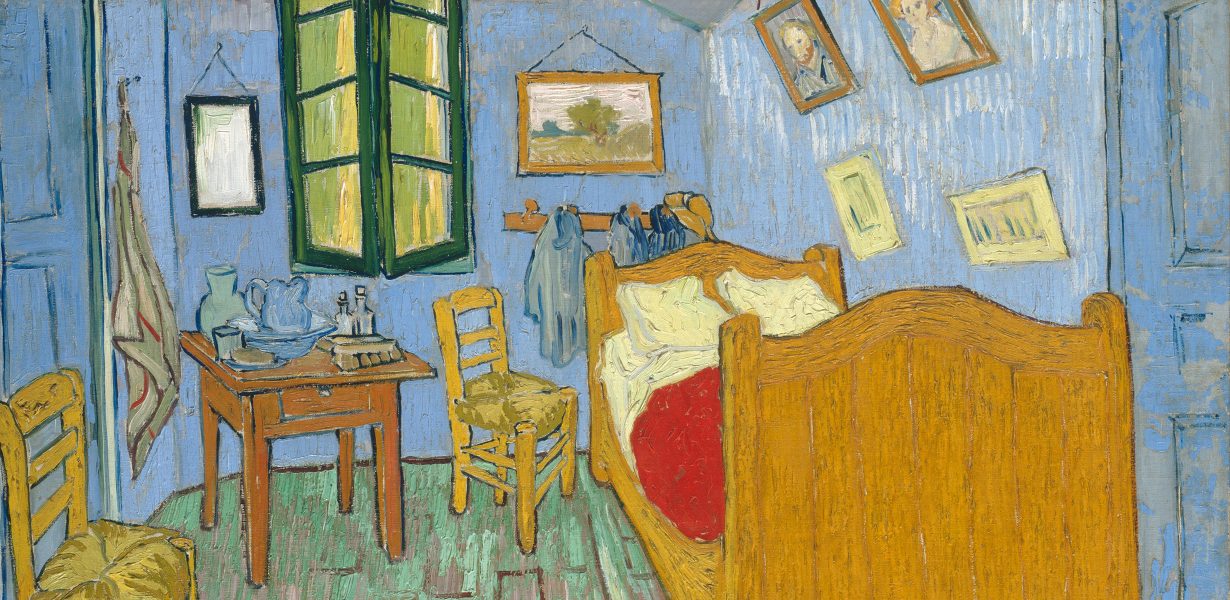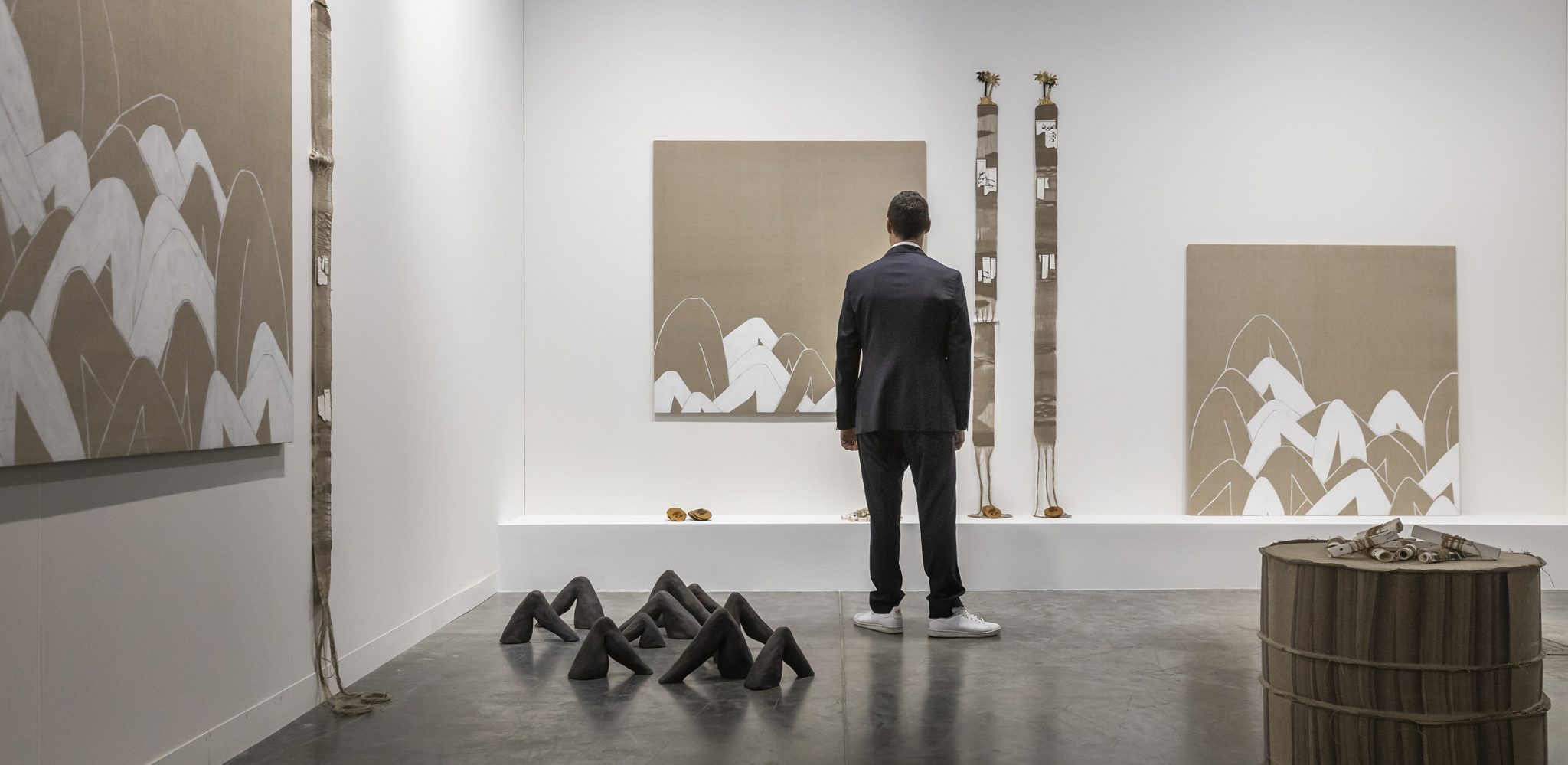Here’s a question for you: how many people are in the artworld? Don’t ask how the parameters are defined. Just give me a number. Right. What is it? In the admittedly small survey I conducted via WhatsApp this morning among friends, most of whom were immediately infuriated by my refusal to define what I meant by ‘artworld’ (which type of quibbling, over definitions, is itself very artworld), the answers ranged from several hundred to several hundreds of thousands. Which is to say that no one knows.
That there exists an artworld went largely unchallenged, albeit people were liable in the followups to argue that there are several intersecting artworlds, or to distinguish between ‘the market’ and every other aspect of artistic production, or to say that the artworld should be dismantled as a matter of urgency, or to refer me to Arthur Danto’s 1964 essay ‘The Artworld’ (which type of noncommittal deferral to an external authority is also very artworld), all of which points have obvious merits and warrant discussion at greater length than is possible here. But the question is deliberately crude because I wanted to work in the opposite direction, to find what the respondents’ answers revealed of their own unconscious attitudes towards a concept, industry and community that everyone can agree is in crisis but no one can adequately define.
The artworld is, after all, historically speaking, a recent invention. It was only in the eighteenth century that the Romantic notion of art as an independent field of social activity not subordinate to the state or church gained traction. That the myth of artist as solitary genius practising a discipline only appraisable on its own terms endured in the West for so long might, ironically, be attributed to its convenience to the emerging powers of the academy and the market. Yet that myth has been so thoroughly eroded that progressive artists now resist attempts to differentiate their practice from the infrastructures that support it, which can be celebrated (social practice) or foregrounded (conceptualism) or denigrated (institutional critique) but never escaped. As contemporary art has colonised every part of the cultural and intellectual world, no one seems any longer sure where the artworld ends or what it stands for (so that a T-Rex is the star of a contemporary sale at Christie’s and MoMA PS1 publishes a book on mass incarceration funded, in part, by trustees invested in mass incarceration). I’m not taking a position on this, only suggesting that pandemic, economic crisis and the dematerialisation of the spaces in which art is exhibited are accelerating another paradigm shift. So I wanted to use this amorphous word as a Rorschach test, and to interpret what people saw.

The simplest interpretation is that people for whom the artworld encompasses hundreds of thousands of people hold a heart-warmingly inclusive vision of a global community that incorporates everyone from the directors of Chelsea galleries right down (or across) to the Sunday ceramicist in Santiago who might not have read the latest Artforum and has yet to be told by a visiting curator that her work is ‘vibrant’. By the same measure, those who gave a much lower figure might seem to cling to a conservative model in which a few hundred tastemakers set the commercial and ideological agendas to which everyone else must adapt if they have ambitions beyond obscurity. But obscurity has no bearing on the quality of the work, and as I fielded responses I wondered whether or not this more limited idea of the artworld might be the more enlightened one. By resisting the neoliberal impulse to assimilate every human activity into what is equally nebulously called contemporary art, it might acknowledge that art can exist outside the dominant commercial and ideological frameworks, and does not need to be recuperated by them to hold value. Which is to say that art is not the artworld.
The idea that I, as a critic, might also be able to exist outside the artworld brought great derision from the woman who first asked me the question that I posed at the top of this article. When pressed, I had to admit that I didn’t count myself as a member of that world according to my own (low) estimate of its size. This prompted her to accuse me of not being prepared to admit my own complicity in it. The graduate students at an expensive American university also interpreted this sense of myself as at least provisionally outside the artworld as presidential-scale cognitive dissonance in the discussions after I was invited to present a lecture, last week, on the state of art criticism. I can see the point. But my artworld, if I’m pressed into making an analogy, resembles a provincial market town. Artists venture in from the surrounds once a month to deliver their wares, where they can be appraised by the academy tasked with upholding the standards of imported goods and taken up for sale by the stallholders, and then they get the hell out. Writers might also move in and out of the citadel, bringing news to the wider community, coming to know the inhabitants but never living among them. My editor points out that I should probably mention here, if only to concede the paucity of my imagination, that I grew up literally outside a provincial market town.
Critics, the students seemed convinced, are not only living in the citadel but drinking schnapps with the stallholders and concocting new movements to shift their goods. When I said that this didn’t align with my own experience, each of them called me a liar (with their eyes: we were on Zoom, they were on mute). I resented this, until I reflected that I had just lectured them on the tyranny of the academy, and how the failure of art historians to look beyond the cities in which they lived and their narrow theoretical frameworks was responsible for the canon with which we’re now burdened. So maybe they were just getting their own back. They identified the artworld with the market and thought I was its representative and embodiment; I identified it with the academy and thought they were.

Both positions are expressions of bad faith, of course. But the artworld is useful as a fictional construct that helps us (meaning anyone who looks at art) to consider the relationship of art to money and power in its pen and sword iterations. Does this work replicate a consensus or challenge it? Is it inside or outside? What do we mean by inside or outside? For a critic, thinking about the boundaries of the artworld might make it possible to at least try to move more nimbly back and forth across it, never getting trapped on one side or the other. Which is to say that it would enable the critic to make a living while retaining a degree of freedom. Whether you think this kind of mediation is feasible, desirable or even possible is likely to be revealing of your attitude towards the artworld.
Before the lockdown condemned such things to the rose-tinted past, I had a four-pints kind of argument with a friend. She believed that artists and critics should be social, and that their work must be an expression of the communities in which they lived if it were not to fall prey to solipsism. I countered that this excludes any individual without access to those groups, generates a guild mentality that is antipathetic to independent thought and enforces a consensus that reflects the socioeconomic background of a privileged minority. This position is no doubt an expression of the chip on my own shoulder, illustrating my point about the artworld as verbal Rorschach test. If you’re inclined to agree with me, I should confess that the friend was an art critic and that we were sitting in an East London pub surrounded by artists, in the wake of a gallery opening, and acknowledge that I’m relating it to you, art-loving reader, in the pages of a specialist art magazine.
